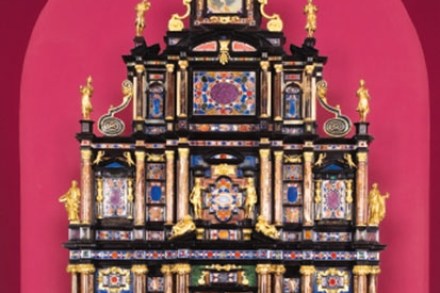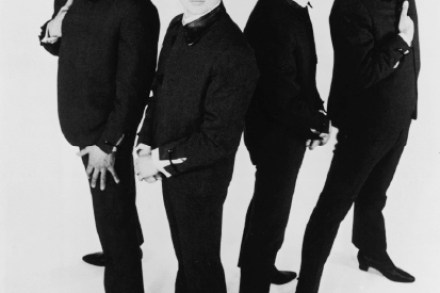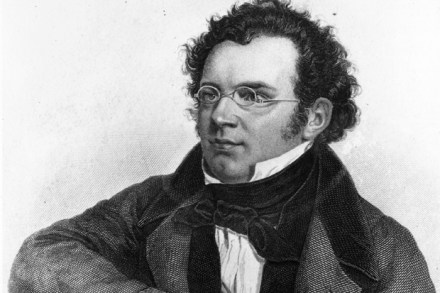Cabinet of curiosity: we do not even know for sure the maker of the Sixtus Cabinet at Stourhead
Italian cabinets and tables decorated with inlaid semi-precious stones known as ‘pietre dure’ were a ‘must-have’ for English milords returning from their Grand Tours. The finest example is perhaps the Sixtus V cabinet at Stourhead, in Wiltshire, which has just been written up in a thorough, scholarly way by Simon Swynfen Jervis and Dudley Dodd, two eminent furniture and architectural historians. As well as placing the Sixtus V cabinet within the contexts of Roman manufacture and English collecting, the book brings to life its Roman provenance and its subsequent residence at Stourhead after the banker Henry Hoare bought it in about 1740. According to a (probably correct) tradition, Hoare acquired





















